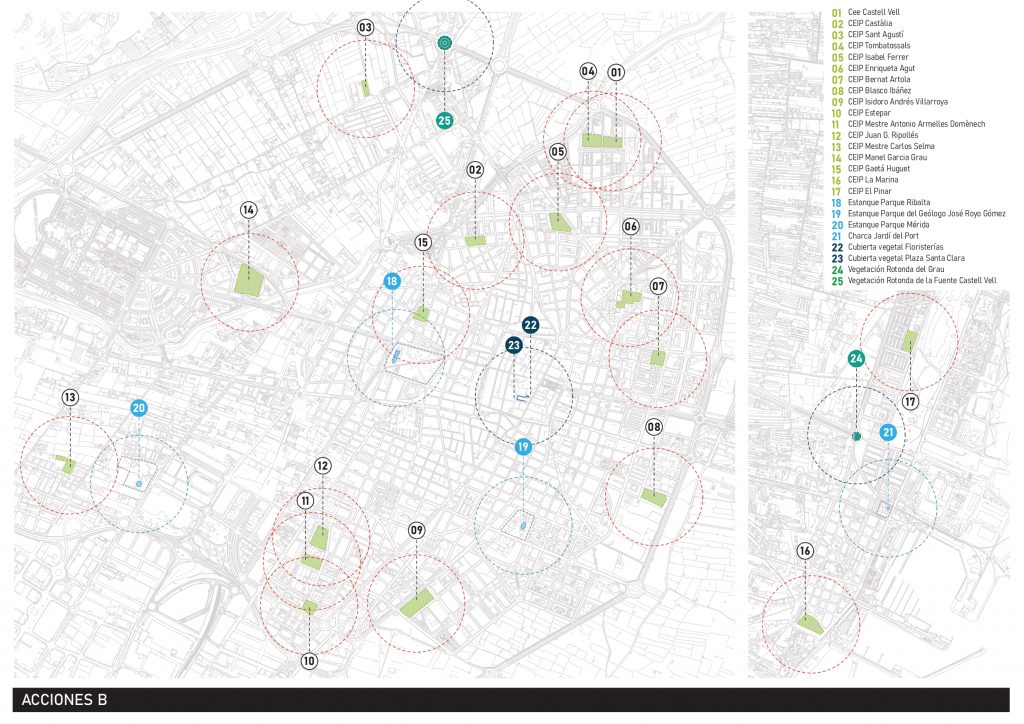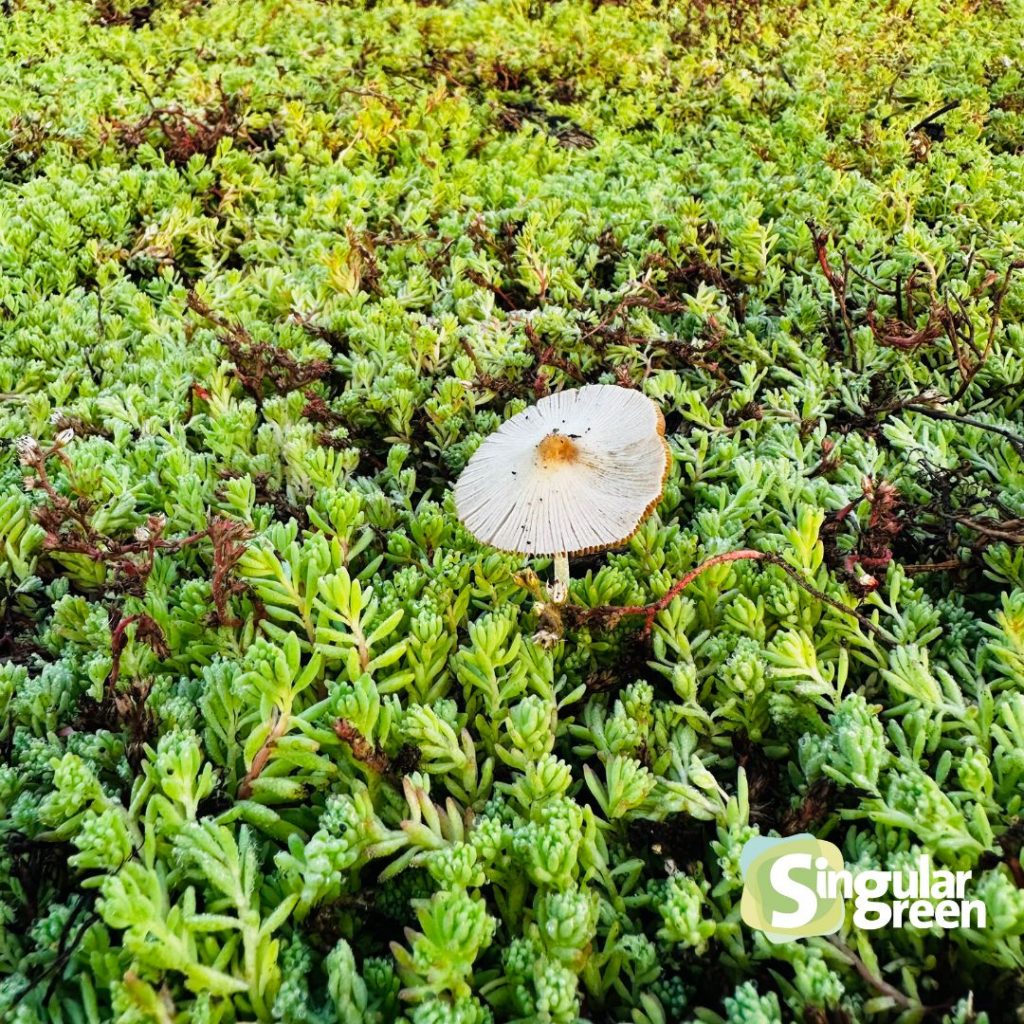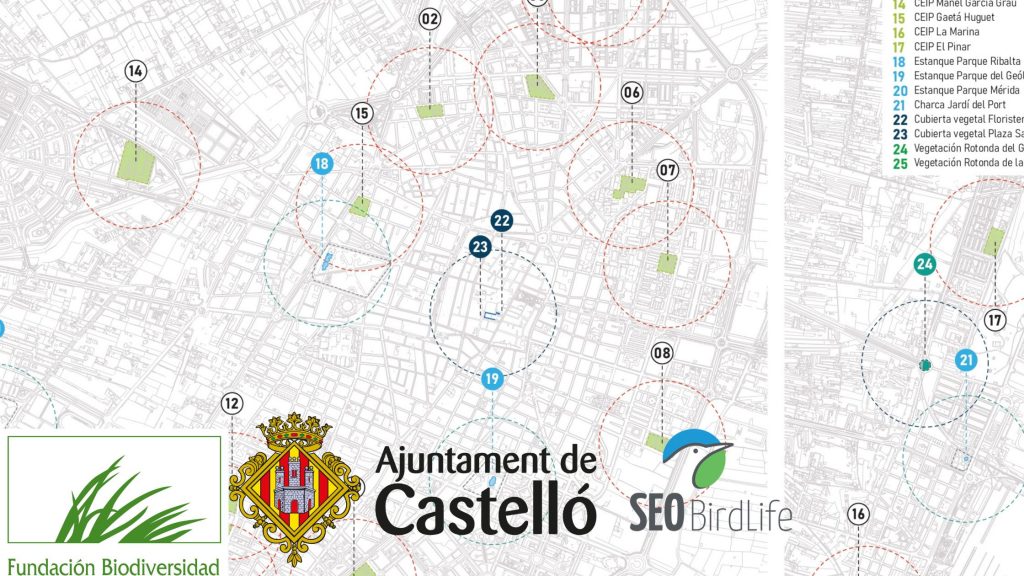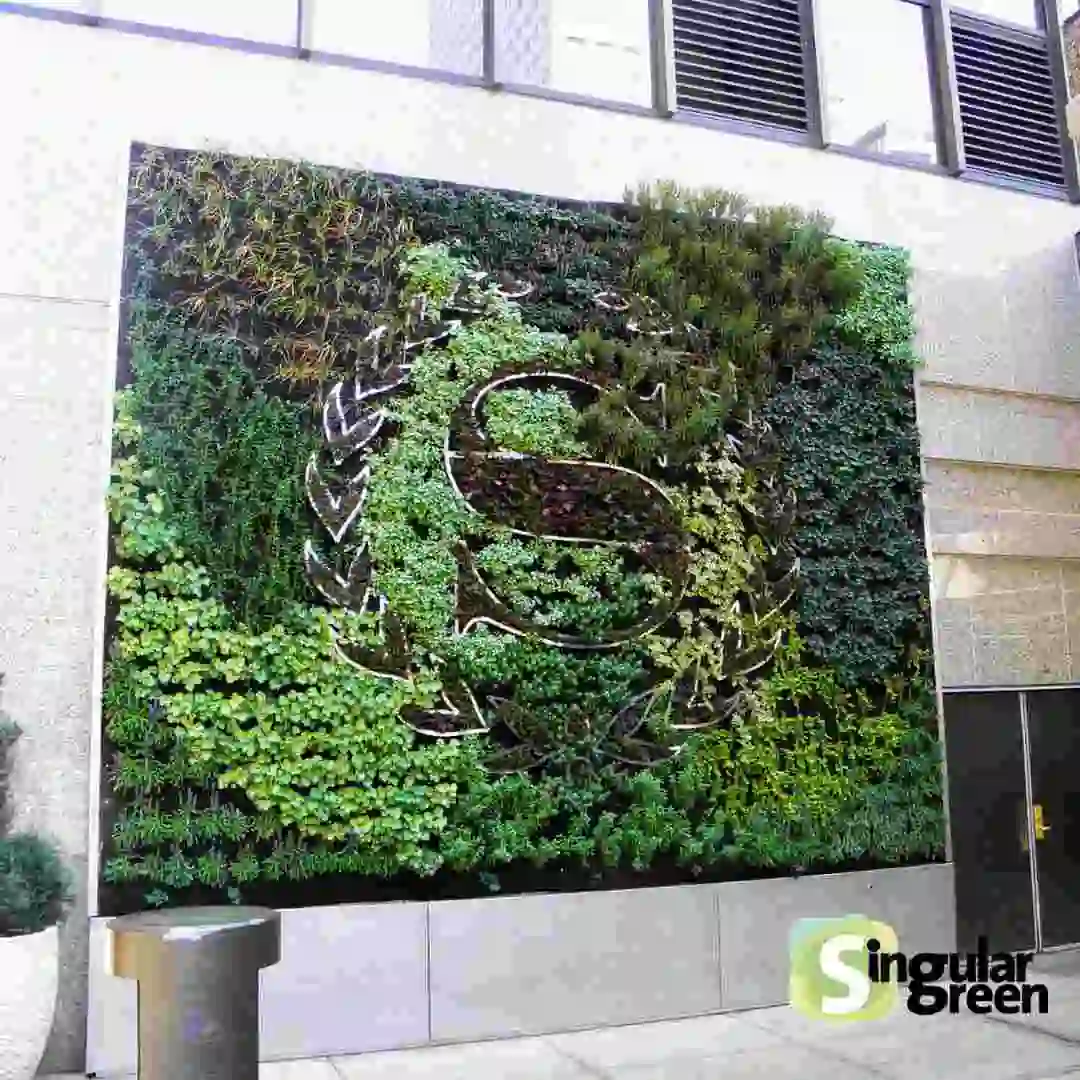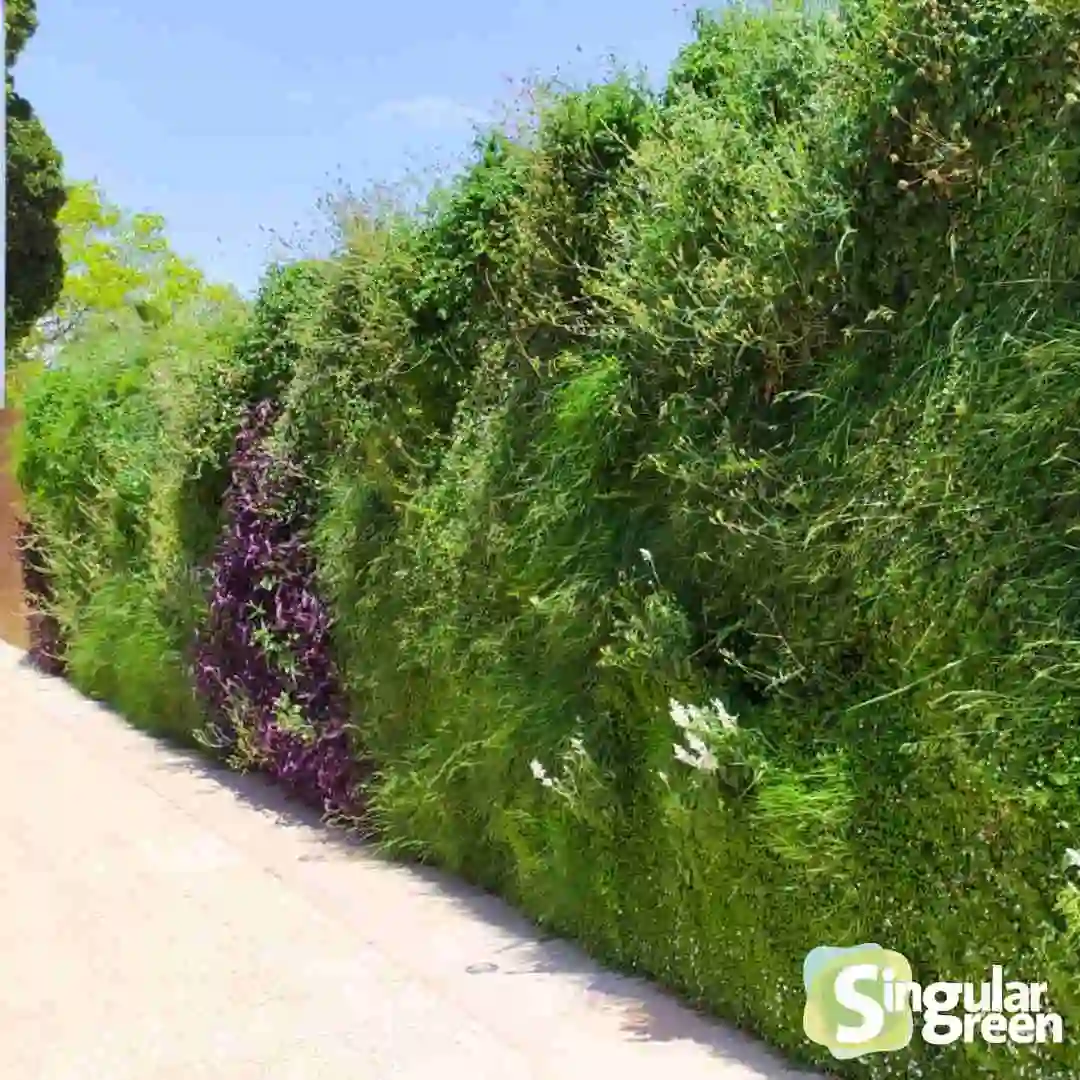Green roofs are increasingly gaining popularity as sustainable and aesthetic solutions to improve the energy efficiency of buildings and contribute to the environment.
However, the implementation of green roofs in Mediterranean climates has a number of specific challenges due to the particular climatic conditionsof these regions.
In this article, we will explore in depth the different types of green roofs, their benefits, challenges and some recommendations for their correct maintenance in Mediterranean climates.
Types of Groundcovers
The traditional classification of ground covers has always been: extensive and intensive.
However, we consider that this classification is not the most appropriate for Spain and specifically for Mediterranean climates due to their specific water and maintenance requirements, so we prefer to divide them according to their use, classifying them into walkable and non-walkable roofs.
Extensive covers:
Extensive canopies by definition are those that do not need any maintenance, which are composed of a substrate usually of a thin thickness with a type of vegetation that does not require watering and does not require maintenance. They use hardy plants such as sedums and other succulents.
Problematic: If we take the concept of extensive vegetation cover to term in Mediterranean climates, with the high temperatures and lack of rain in summer and practically in winter, it would generate water stress causing drought and death of the plants, affecting the aesthetics and functionality of the vegetation cover. Therefore, this means that green roofs should always be irrigated in Mediterranean climates.
Intensive covers
Intensive canopies, on the other hand, are heavier and allow a greater diversity of plants, including small shrubs and trees. They require more thorough and regular maintenance (fertilisation, pruning etc.) and watering.
Problematic: Although these types of roofs are better adapted to Mediterranean climate conditions, they also require the installation of an efficient irrigation system to keep the vegetation cover in good condition.
Our own classification of green roofs
Green Roofs that can be walked on
These green roofs are designed to support pedestrian traffic and can include paths, seating areas and accessible gardens. They require regular maintenance and an adequate irrigation system to keep the vegetation in good condition.
Non-trafficable Green Roofs
These covers are primarily intended to provide environmental and aesthetic benefits without the purpose of supporting regular traffic. They also require an efficient irrigation system, although maintenance may be less extensive than for walkable roofs.
Benefits of Green Roofs in Mediterranean Climates
Green roofs offer multiple benefits, especially in Mediterranean climates:
- Thermal insulation:
- Energy Efficiency: they favour the need to reduce air conditioning in summer and heating in winter, improving the energy efficiency of the building.
- Temperature Regulation: They keep the indoor temperature more stable.
- Reduction of the Heat Island Effect:
- Environmental Impact: The installation of green roofs reduces the ambient temperature in urban areas, reducing the urban heat island effect.
- Air Quality: Plants absorb carbon dioxide and release oxygen, improving air quality.
- Rainwater Management:
- Water Retention: The Valencian Community is one of the provinces most prone to torrential rains and heavy flooding, so green roofs can help to retain rainwater, reducing the risk of flooding.
- Runoff reduction: Vegetation on roofs acts as a natural rainwater absorption and retention system, reducing the amount of runoff and preventing possible flooding in urban environments. Green roofs are able to reduce the number of litres to be evacuated at the instant of rainfall. The storage capacity of the roofs is determined by the type of design, but in any case the presence of these constructive solutions means a reduction in the amount of runoff water that the system must evacuate and a decrease in the velocity, as the water is stored in the retaining layers and in the substrate.
Challenges of Green Roofs in Mediterranean climates
Implementing and maintaining groundcovers in Mediterranean climates requires addressing several specific challenges:
Water requirements in Mediterranean climates:
Efficient irrigation: In warm climates such as the Mediterranean, green roofs need an efficient and automated irrigation system to achieve an adjusted consumption. Without adequate irrigation, plant survival is not ensured.
Plant selection for the Mediterranean:
Climate Adaptation: It is essential to select native plants that are well adapted to the Mediterranean climate. Succulents and xerophytes are ideal choices because of their drought resistance.
Maintenance of green roofs:
In general terms, the maintenance of a green roof in a Mediterranean climate does not have to be more expensive or more frequent, if a good selection of species and a good calculation of the quantity and frequency of irrigation is established from the beginning, it will be solved.
Practical Cases and Real Examples of green roofs in Mediterranean climates
A clear example of the challenges of green roofs in Mediterranean climates can be seen in Alicante.
In this region, the implementation of extensive green roofs without an adequate irrigation system has proven to be unsustainable.
Plants, mainly sedums, suffer from the lack of water during the summer months, resulting in aesthetically unpleasing and functionally inefficient canopies.
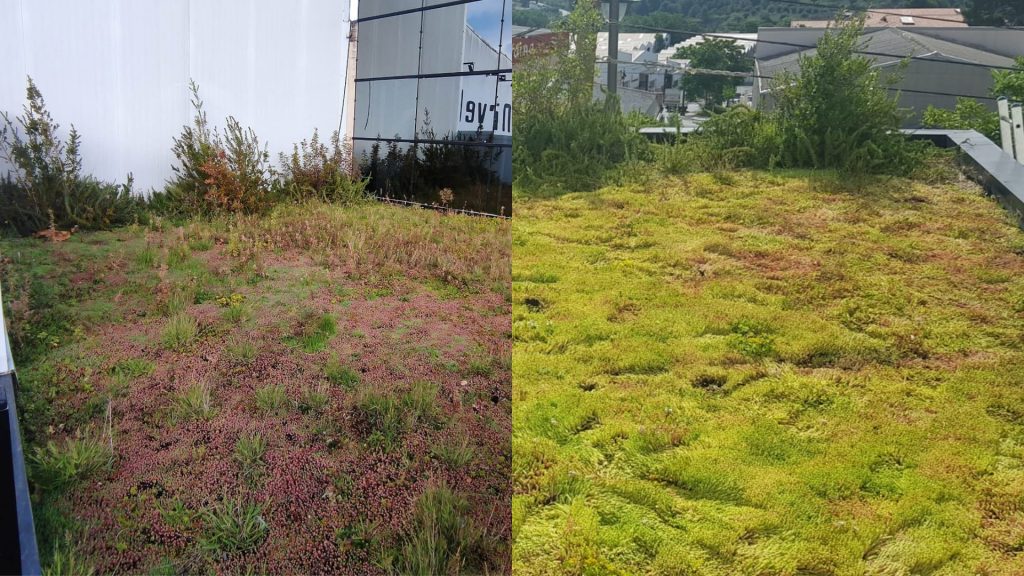
Here is a clear example of the same sedum grass cover installed in a municipality in Alicante months before and after the installation of an efficient irrigation system, the difference that can be seen is remarkable.
Projects in Mediterranean regions with automated irrigation systems and appropriate plant selection have succeeded in maintaining healthy and vibrant canopies.
These examples underline the importance of adapting installation and maintenance practices to local climatic conditions.
Green roofs offer numerous benefits in Mediterranean climates, from improving energy efficiency to reducing the heat island effect.
However, their implementation and maintenance present specific challenges that need to be addressed with solutions adapted to local conditions.
Proper plant selection, the incorporation of efficient irrigation systems and the use of advanced technologies are essential to ensure the success of these projects.
Personal experience in the implementation of green roofs in Mediterranean climates highlights the need for a re-evaluation of traditional classifications and an adaptation of practices to local climatic realities.
With a sustainable and adapted approach, green roofs can become a viable and beneficial solution for Mediterranean regions.


